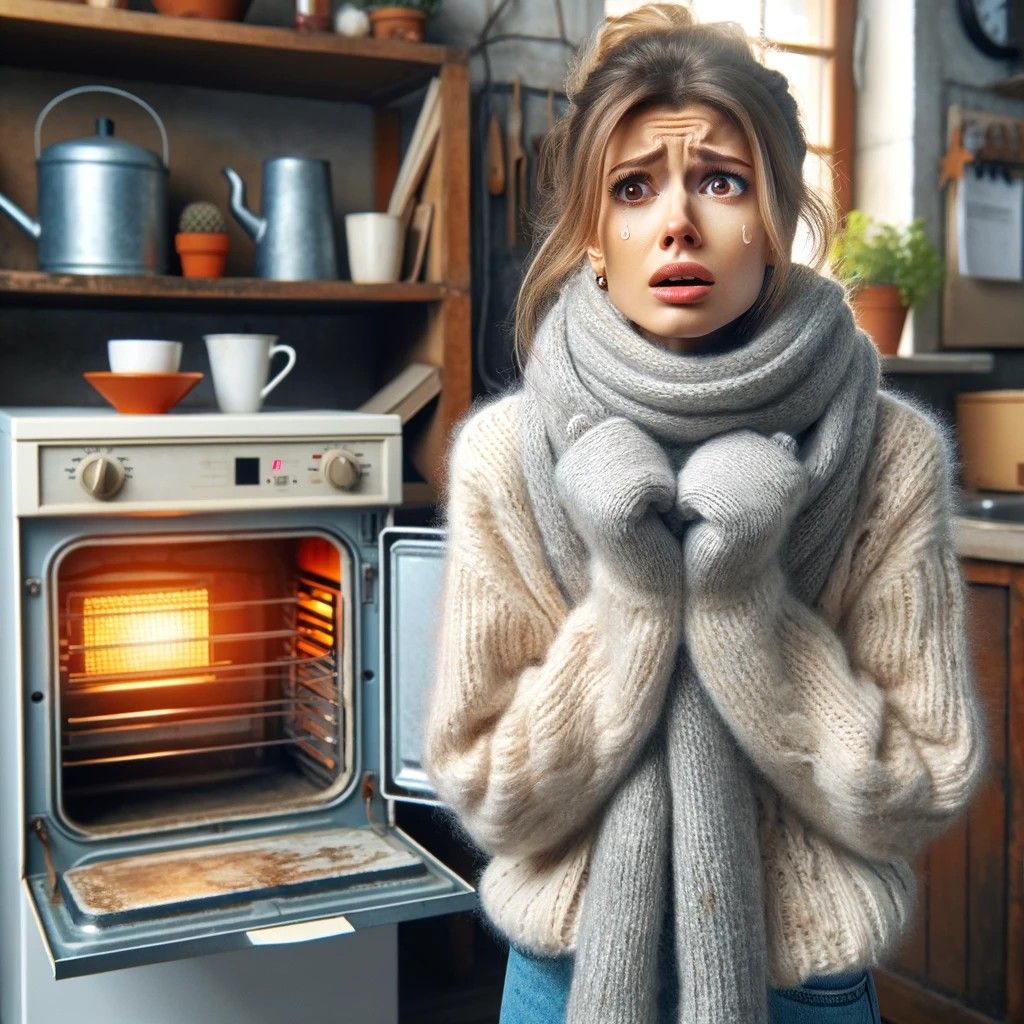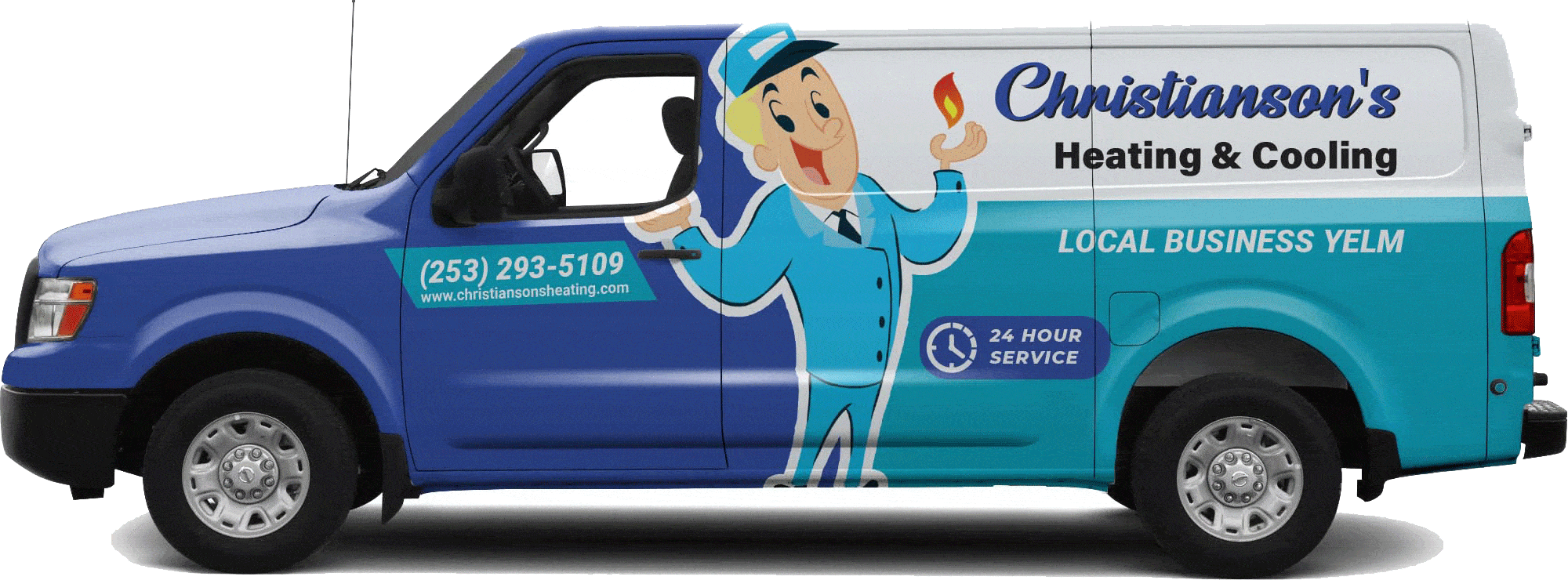
Understanding Why Your Furnace Is Blowing Cold Air: Gas and Electric Furnace Troubleshooting
In the midst of winter, a furnace blowing cold air can be more than just uncomfortable; it can be perplexing and frustrating. This issue can occur in both gas and electric furnaces, each having its unique reasons. Understanding the causes behind this unexpected problem is the first step in troubleshooting and ensuring your home stays warm and cozy.
Gas Furnace Issues
Thermostat Settings: Begin with the simplest explanation. Ensure your thermostat is set to “heat” and not “cool” or “fan”.
Pilot Light Issues: Older gas furnaces rely on a pilot light. If this light goes out, the furnace won’t produce heat.
Flame Sensor Problems: A dirty or faulty flame sensor can prevent the furnace from producing heat.
Gas Supply Issues: A disruption in the gas supply can prevent the furnace from heating.
High Limit Switch and Airflow Problems: A furnace can overheat if the airflow is restricted, causing the high limit switch to shut off the burners.
Condensate Line Clogs: Modern high-efficiency furnaces may blow cold air if the condensate line is clogged.
Electric Furnace Issues
Thermostat Issues: Similar to gas furnaces, incorrect thermostat settings can lead to cold air.
Tripped Circuit Breakers: Electric furnaces rely on electricity. A tripped breaker or blown fuse can stop heating elements from working.
Malfunctioning Heating Elements: Faulty or burned-out heating elements are a common cause of cold air in electric furnaces.
Airflow Problems: Restricted airflow due to clogged filters can prevent warm air from circulating.
Faulty Sequencer: In electric furnaces, a sequencer staggers the heating elements is operation. A faulty sequencer can cause the elements to not heat up.
Common Issues for Both Types of Furnaces
Dirty or Clogged Air Filters: Air filters that are not regularly changed can restrict airflow and reduce heating capacity.
Ductwork Issues: Leaks or blockages in the ductwork can lead to loss of warm air.
Regular Wear and Tear: Over time, components in both types of furnaces can wear out and need replacement.
Incorrect Size: A furnace that is too large or too small for the space can have issues effectively heating.
Troubleshooting and When to Call a Professional
DIY Checks and Fixes: Covers basic checks and fixes a homeowner can perform.
Knowing When to Call a Professional: Emphasizes the importance of professional HVAC technicians for complex issues or regular maintenance.
Conclusion
Address the importance of understanding the basic workings of your homeâs heating system. Remind readers that while some issues can be resolved with simple checks, others require professional expertise. Emphasize safety and the efficiency benefits of regular furnace maintenance.


